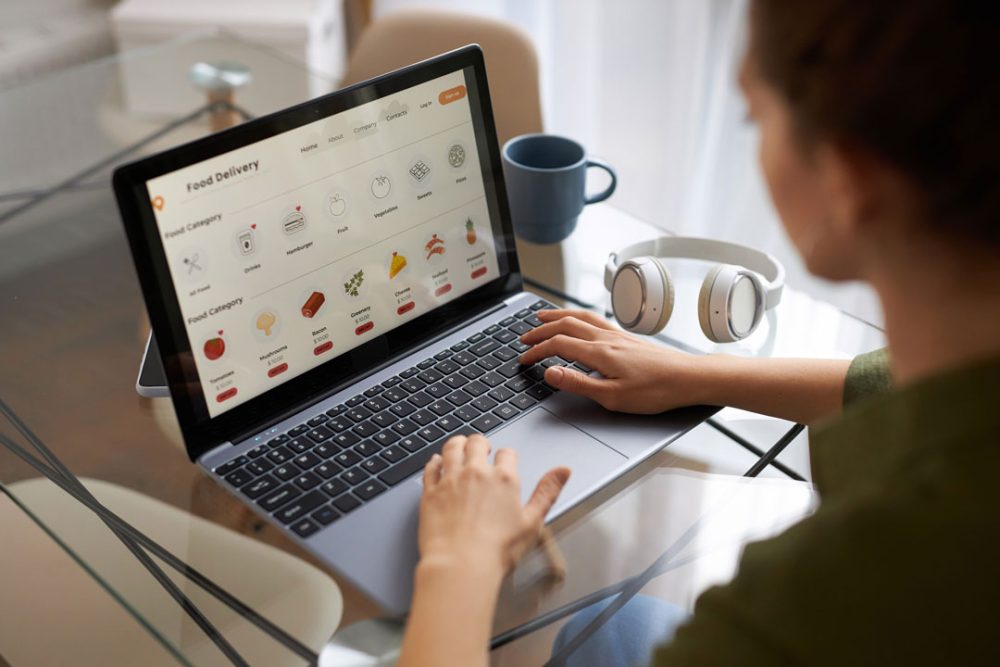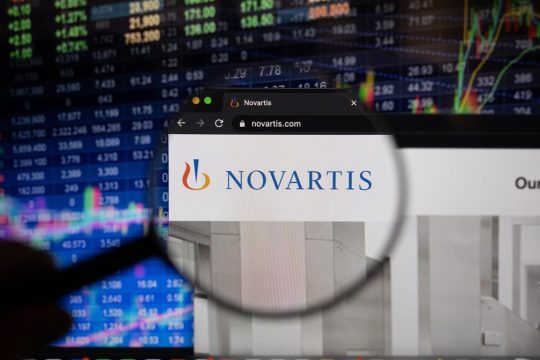Advertisment
Online grocery shopping promotes less variety, fewer impulse buys

Online grocery carts tend to include less variety and fewer fruits and vegetables than those in a trip to a brick-and-mortar supermarket – but online shoppers are less susceptible to unhealthy impulse buys, according to a new Cornell University study.
In an analysis of nearly 2 million shopping trips, the researchers found that within a given household, Instacart baskets are more similar to each other from week to week than in-store carts, with more than twice as many overlapping items between successive trips to the same retailer.
Nutritionally, however, the difference in the baskets can be viewed as a wash: Instacart baskets had 13% fewer fresh vegetables but up to 7% fewer impulse purchases such as candy, baked goods and chips.
These systematic shopping pattern differences can have implications for consumers as well as retailers.
“This affects a lot of things – how brands are competing, how grocery markets are competing,” said second-author Jura Liaukonyte, a professor in the SC Johnson College of Business.
The paper published Oct. 30 in Marketing Science.
“Online shopping penetration has increased significantly, said Liaukonyte. “While it is not as high as it was during the peak of COVID, it remains considerably higher than pre-pandemic levels.”
For this work, the authors analyzed data by Numerator, a market research company that uses a mobile app receipt uploads to analyze brick-and-mortar store purchases, and proprietary methods to access Instacart purchases from the same participants. The researchers’ algorithm looked at three years’ worth of grocery purchases from 4,388 participants to get a sense of their typical in-store and online carts.
The researchers discovered a few key differences:
- Online basket variety is around 10% lower compared to brick-and-mortar basket variety within the same household;
- Instacart trips are 27% more similar to each other than offline trips within the same household when comparing categories; and
- The number of overlapping items in Instacart baskets is more than double that of in-store carts when comparing items across successive trips to the same store.
One reason for the similarity and reduced variety in online baskets, the researchers suggest, is Instacart’s “Buy it again” feature. This function simplifies the process for shoppers to initiate their new shopping baskets with items purchased during prior visits.
Overall, Liaukonyte said, the findings of the paper indicate that there might be greater consumer loyalty and inertia when shopping online.
“If we don’t pay attention,” she said, “we might fall into an echo filter bubble of repeatedly buying the same items online. This seemingly simple online convenience could make us less sensitive to price changes and limit product discovery, enhancing the pricing power of existing brands.”
First author, Sai Chand Chintala added that the heightened brand loyalty and consumer inertia could make it difficult for new brands and products to enter the market.
“Industry reports suggest that if a product isn’t in a person’s cart by their first five or six online orders, it’s very unlikely that the product will ever make it in,” he said. “This highlights the importance for brands to advertise early on to ensure they are top-of-mind for consumers and make their way into their baskets.”
For additional information, see this Cornell Chronicle story.





